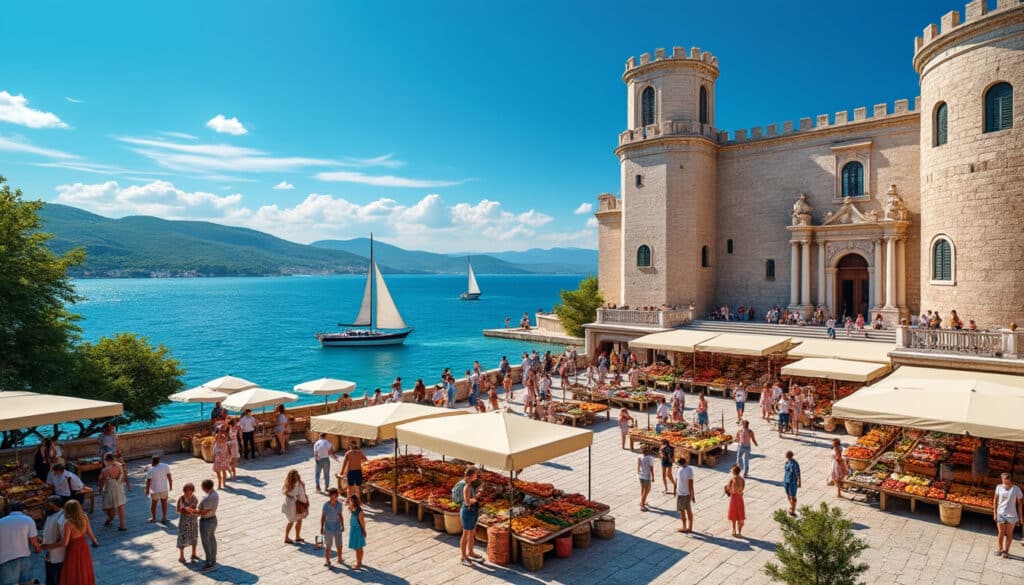Split, the enchanting Croatian city on the Adriatic coast, has a rich and riveting history that dates back centuries. From its early days as the Greek colony of Aspálathos to becoming a significant Roman settlement, and through the Byzantine, Venetian, and Austro-Hungarian eras, Split has been at the crossroads of many civilizations. This article delves into the multifaceted history of Split, highlighting its architectural wonders, tumultuous past, and cultural evolution, offering insights for history enthusiasts, travelers, and scholars alike.
The Greek and Roman Foundations of Split
Split’s story begins as the Greek colony of Aspálathos in the 3rd or 2nd century BC, established by the Dorian Greeks from the island of Issa, today known as Vis. The city thrived by trading with local Illyrian tribes, establishing its significance in the region. As time progressed, the influence of the Roman Republic began to overshadow the Greek settlers. Through the course of the Illyrian Wars, the Romans gradually asserted control over the region, founding the Province of Dalmatia.
Two significant historical developments highlight this era: the strategic importance of the city amidst volatile regional dynamics and the establishment of Salona — a bustling city near Aspálathos and the capital of the Roman province. Salona overshadowed Aspálathos until another monumental shift occurred with the rise of Emperor Diocletian. Around 293 CE, Diocletian decided to erect a magnificent palace near his hometown, choosing the site of Aspálathos for its proximity to Salona and natural harbor.
The construction of Diocletian’s Palace marked the beginning of Split’s evolution into a significant urban center. This fortress-like complex, completed in 305 CE, occupies 38,000 square meters, with walls 170 to 200 meters long and 15 to 20 meters high. It provided a haven not only for Diocletian and later Roman emperors but also for those fleeing invaders. After the Roman Empire’s decline, the Palace became a refuge for Roman citizens from Salona, further cementing Split’s historical relevance.
The architectural grandeur of Diocletian’s Palace, from its impressive walls to its elaborate gates, laid the structural and cultural foundations for the Split we know today. Despite the passage of time and various conquests, the palace remains integral to Split’s cityscape, attracting visitors worldwide to explore its corridors and reflect on its storied past.

Roman Influence and Urban Development
Diocletian’s Palace was not just a home for the emperor but a thriving microcosm of Roman urban life. The intricate water systems, courtesy of a robust aqueduct from the Jadro Springs, fed not only the palace but also the burgeoning city of Spalatum, as Split became known in Latin. This infrastructural feat highlights the Romans’ engineering prowess and their commitment to sustaining urban life.
Throughout the centuries, as barbarians swept through Europe, the Palace remained a symbol of Rome’s enduring legacy. It adapted from its original purpose to a fortress city accommodating up to 10,000 people. Remnants of various uses of the Palace have been unearthed, revealing activities such as textile production, weaving threads of connection between the ancient and more recent past.
The arrival of the Avars and Slavs in the 7th century marked the end of Salona, leading to a mass exodus to Split. The city evolved as both a citadel against new arrivals and a cultural hub, enriched by immigrants ready to weave their traditions into the fabric of Split. The Palace’s fortified walls provided refuge, houses for citizens, and enough room for self-sufficient living, a testament to Roman strategic planning.
- 🏛️ Diocletian’s architectural legacy: the Palace’s enduring walls and gates.
- ⛲ Roman engineering: the Jadro Springs aqueduct system.
- 🏗 Conversion into a bustling Roman fortress-city.
- 🌀 Cultural transformation with the influx of diverse populations after Salona’s fall.
Split During the Byzantine and Venetian Eras
Following the decline of the Roman Empire, Split emerged as a pivotal Byzantine city from 812 CE, with its strategic position along the Adriatic Sea proving invaluable. As a coastal city with fertile hinterlands and a prominent harbor, Split was coveted by various powers throughout the Byzantine era, leading to its substantial growth in stature and influence. Despite being surrounded by Slavic territories, the city’s fortifications and sea access helped it maintain autonomy.
Throughout the High and Late Middle Ages, Split increasingly oscillated between the influence of the Byzantine Empire and the Republic of Venice. The control over Split’s trade routes and its political allegiance became a point of contention between these empires, each aware of the city’s growing economic and strategic importance. As part of the Byzantine–Venetian Croatian narrative, the city negotiated its identity amid shifting allegiances and political landscapes. The negotiations often came at a heavy price, with political autonomy weighed against the promise of security and prosperity.
During the early modern period, Split developed a distinctly Venetian character. The Venetians fortified the city further, leveraging its coastal location to enhance maritime commerce. Venetian rule transformed Split into a beacon of trade in the region, vital to the economy yet suffused with Venetian culture, architecture, and governance. This era’s fusion of Byzantine, Venetian, and Croatian influences laid the groundwork for a cultural tapestry that persists today.
Amid these transformations, the local population adapted, integrating the new governance structures with their traditions. Romance languages gave way to Croatian, showcasing the population’s resilience and ability to grow with changing times. Venetian authorities, in turn, left an indelible mark on the city’s architecture, evident in the elegant shapes of Split’s squares and palazzi.
| Era | Timeline | Significance |
|---|---|---|
| Byzantine | 812 – 998 CE | Increased strategic importance and cultural blending. |
| Venetian | 998 – 1797 CE | Trade expansion and architectural development. |
Despite external pressures, the people of Split navigated these times with a craftsmanship that showcased the beauty emerging from adversity and cultural amalgamation. From its Byzantine roots to its Venetian embellishments, Split continued to grow as a remarkable urban center of history and culture.
The Habsburg Influence and Napoleonic Interlude
The history of Split takes an intriguing turn after 1797, with the conclusion of Venetian rule due to Napoleon’s advance. Following the Treaty of Campo Formio, Split was ceded to the Habsburg monarchy, ushering in a new chapter characterized by modernization efforts and urban planning against the backdrop of broader European political shifts.
However, the quick succession of political shifts did not end there. By 1805, Split became part of the Napoleonic Kingdom of Italy after the defeats suffered by the Third Coalition. Two years later, in an ever-changing geopolitical theater, the city was integrated into the French Empire’s Illyrian Provinces. Under French administration, significant investments were funneled into Split, modernizing infrastructure and laying down thermal baths and roads to propel the city’s status as a key regional hub.
Despite these ambitions, the Napoleonic era in Split was short-lived. By November 1813, British forces led by Captain William Hoste helped Austria regain control, culminating at the Congress of Vienna in 1815 when Split was formally ceded to Habsburg rule once more. These oscillations reflected the broader upheaval across the continent, challenging the resilience and identity of Split’s inhabitants while conversely enriching its cultural and architectural heritage.
- 🏰 Monumental shifts: Treaty of Campo Formio’s impact.
- 🔄 Fluctuating governance: From Napoleonic to Austrian control.
- 🚧 Urban renewal: French infrastructure initiatives.
- 👑 Habsburg governance: Maintaining regional influences.
The intricate dance of empires during this era is ingrained in the urban and cultural fabric of Split, evident in the city’s historic architecture and the enduring legacy of its diverse rulers’ ambitions. This interlude served as a precursor to the broader systemic changes that would shape Split’s trajectory in the 19th and 20th centuries.
The Twentieth Century: From Yugoslavia to Independence
As the 20th century dawned, Split stood at the precipice of vast changes yet again, amid the foreboding clouds of World War I. With the fall of the Austro-Hungarian Empire, Split found itself within the bounds of the newly formed Kingdom of Serbs, Croats, and Slovenes, eventually renamed the Kingdom of Yugoslavia in 1929. The city was catapulted into becoming a pivotal commercial port and administrative hub, enriching its economy and infrastructure.
The interwar period, however, was fraught with political tension. The advent of World War II brought harsh realities to the Adriatic city as it was annexed by Mussolini’s Italy and later occupied by Germany. The multi-faceted theatres of war saw Split as a significant battleground of resistance, with citizens engaging in fervent activities against fascist forces, a testament to their indomitable spirit.
After the Axis defeat and liberation by partisan forces, Split became a vibrant part of socialist Yugoslavia. This era marked extensive industrial growth, urban expansion, and demographic shifts, shaping modern Split into a significant regional industrial hub. But progress and prosperity were tempered by underlying tensions that eventually led to Yugoslavia’s dissolution.
With Croatia’s independence in 1991, Split transitioned into a new era, shedding its Yugoslav past for brighter prospects as part of a sovereign nation. The city began to redefine its role as a tourism and cultural hotbed, capitalizing on its rich history and scenic beauty, drawing in visitors from across the globe. The transformation from conflict lines to a tourist haven was remarkable, reflecting a city’s ability to reinvent itself with time.
| Period | Event | Impact |
|---|---|---|
| WWI-WWII | Annexations by Italy, German occupation | Resistance and influence on liberation movements. |
| Post-1945 | Industrial expansion under Yugoslavia | Development of Split as a regional industrial hub. |
| 1991-present | Croatian independence | Transformation into a major cultural and tourist destination. |
- 📈 Economic booms: Industrial advancements and urbanization.
- 🛠️ Wartime resilience: Resistance against fascist occupation.
- 🎭 Socio-cultural evolution: From Yugoslav Republic to Croatian city.
Despite turbulent times, Split has emerged as a beacon of resilience, charting its unique course through history with vigor, preserving its past while embracing a future of possibility.
Modern Splendors: Exploring Split’s Rich Heritage Today
Today, Split stands as a triumphant fusion of history, culture, and modernity. Its rich historical tapestry and vibrant contemporary scene offer a unique blend of attractions for both residents and visitors. As Croatia’s second largest city, it seamlessly integrates its past with its thriving urban life, solidifying its status as a significant tourism and cultural center.
At the heart of Split is Diocletian’s Palace, bearing the legacies of Rome that still pulse through the city. Within its ancient walls lies a myriad of cultural treasures and dynamic public spaces, such as the Split Cathedral and the bustling Riva Waterfront. Split’s museums, like the Split City Museum housed in the historic Papalic Palace and the Museum of Croatian Archaeological Monuments, offer expansive journeys through the city’s storied past.
High above, Marjan Hill serves as a green sanctuary, offering breathtaking views of the city and the azure Adriatic Sea. It remains a local favorite for leisure and reflection, continuing its role as a recreational spot since Diocletian’s era.
The cultural scene in Split today is also marked by the Croatian National Theatre in Split, an enduring institution celebrating artistic performances. Visitors are often enthralled by Split’s delectable cuisine, a testament to its Mediterranean roots, with a melange of international influences sprinkled throughout. A culinary exploration through Split reveals a deep appreciation for traditional foods, detailed at local dining spots.
- 🏛️ Heritage sites: Diocletian’s Palace and Split Cathedral.
- 📚 Cultural hubs: Split City Museum and Museum of Croatian Archaeological Monuments.
- 🏞️ Open spaces: Riva Waterfront and Marjan Hill.
- 🎭 Artistic expression: Croatian National Theatre.
Split today celebrates its unique blend of past glories and vibrant present-day life, offering visitors an array of experiences steeped in history and rich in modern charm. The city’s streets and landmarks tell stories of centuries gone by while embracing new narratives in a dynamic world.
FAQ: Discover More About Split’s History
- What is the historical significance of Diocletian’s Palace? Diocletian’s Palace is a UNESCO World Heritage Site and a testament to Roman architectural ingenuity, serving as a living museum and cultural hub in modern Split.
- How did Split transform during the Venetian era? During the Venetian era, Split became a vital trade center, its architecture reflecting a blend of Venetian influence and local adaptations.
- Why is Marjan Hill important to Split? Marjan Hill has served as a recreational area since Roman times, providing natural beauty and panoramic views, continuing to be central to leisure activities in the city.
- Which museums in Split offer insights into its storied past? The Split City Museum and the Museum of Croatian Archaeological Monuments delve into the city’s rich history and preserved archaeological finds.

Fun Facts & Curiosities About Split
Split, Croatia, is a vibrant coastal city offering an enchanting blend of history, culture, and natural beauty. With its ancient roots, Split captivates visitors with its Roman-era Diocletian’s Palace, stunning Adriatic views, and rich cultural tapestry. This bustling city aligns…

Architecture and urban features of Split
The city of Split is renowned for its architectural diversity, which seamlessly combines elements from the Roman era to the modern day. This fusion is not just a testament to the city’s rich history but also to its ability to…
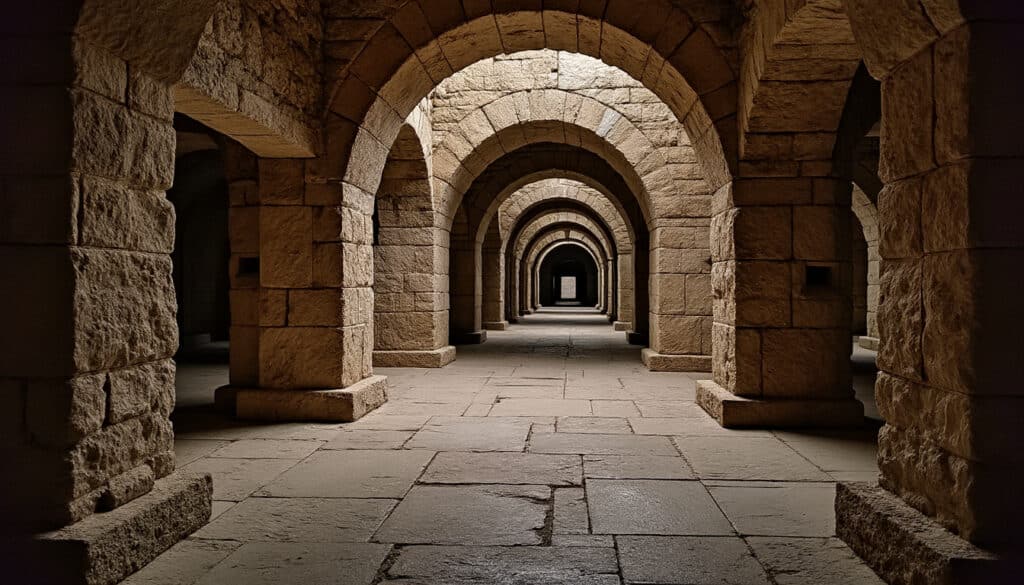
Split, Croatia, is a city that effortlessly weaves together rich history, stunning landscapes, and a vibrant lifestyle. Nestled on the Adriatic coastline, Split offers a dynamic blend of ancient charm and modern comfort, making it a remarkable place to experience…
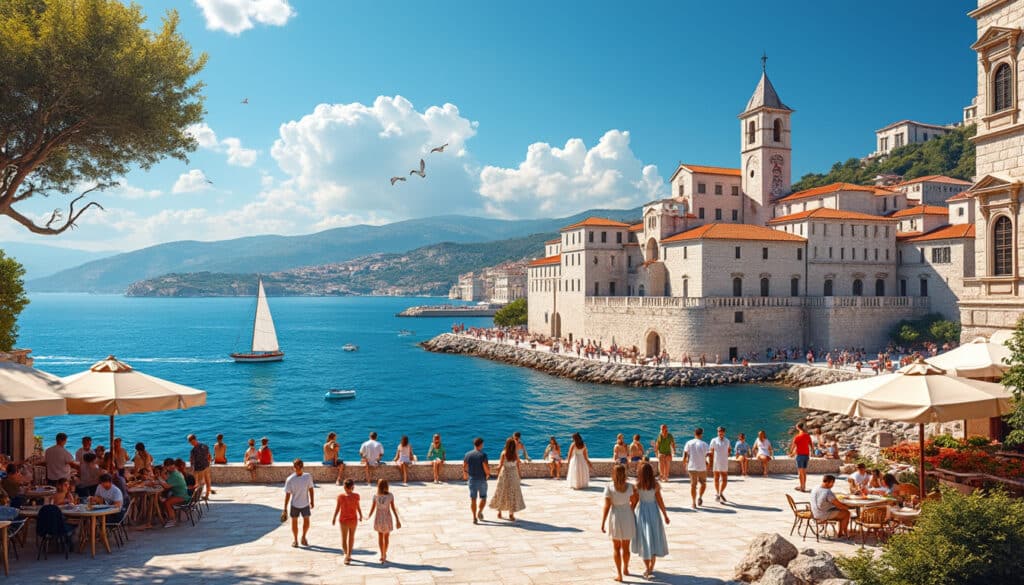
Demographics and geography of Split
Split, the vibrant city located on Croatia’s stunning Adriatic coastline, offers a unique blend of rich history, diverse demographics, and fascinating geography. As one of the key urban centers in Dalmatia, Split serves not only as a cultural and economic…
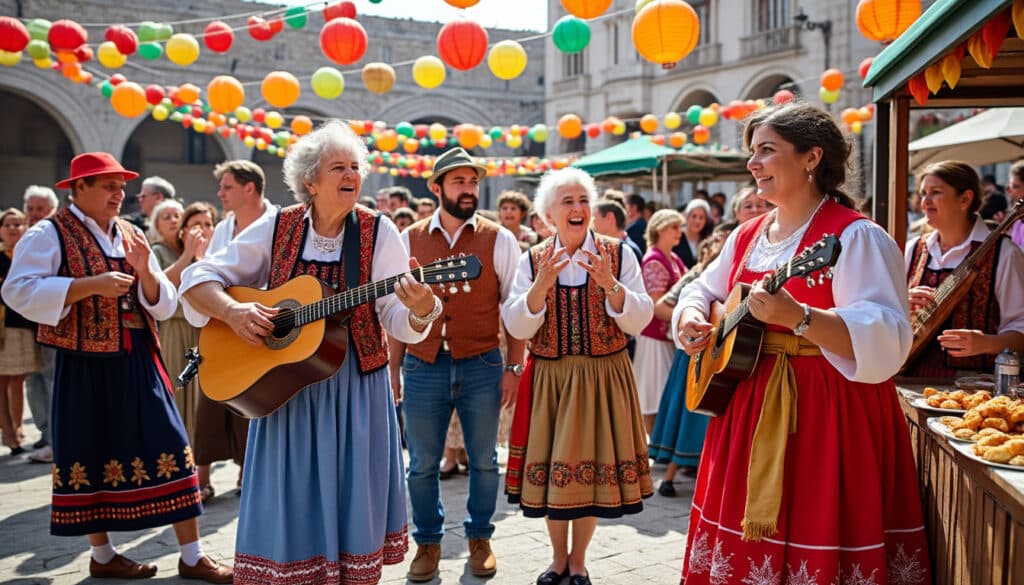
Holidays and celebrations in Split
Split, a vibrant coastal city in Croatia, is renowned for its rich tapestry of cultural celebrations and festive events. Visitors are drawn to the unique blend of historical significance and modern vibrancy that the city’s festivities offer. From elegant theatre…

Language and spelling of Split
Amidst the stunning coastline of Croatia lies the city of Split, a place rich in history and culture. Split’s linguistic tapestry is vibrant, reflecting influences from past empires and modern-day tourism. This article delves into the complexities and beauty of…
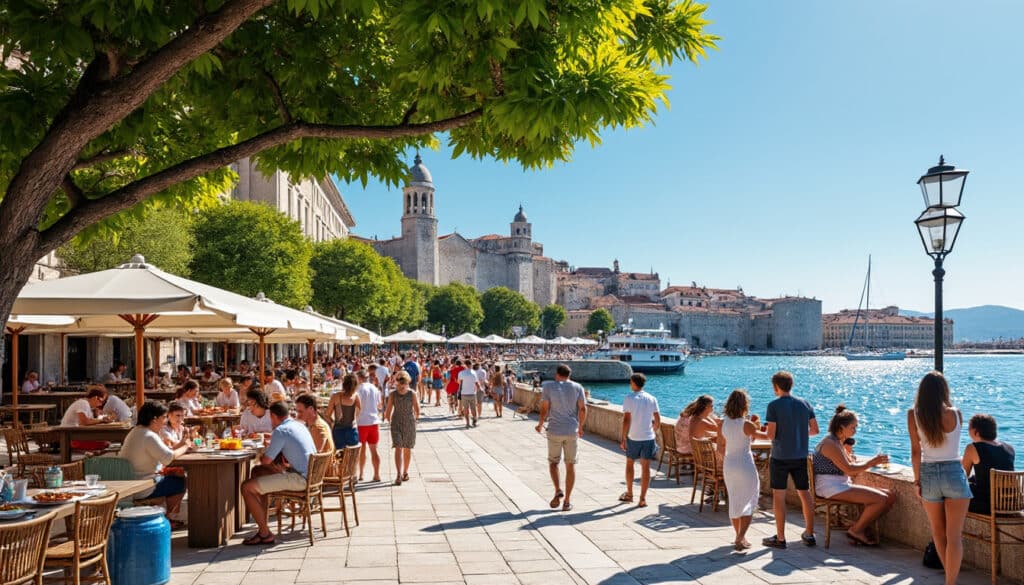
Local tips for tourists in Split
As the sun kisses the Adriatic coast, Split emerges as a vibrant jewel of culture and history. Nestled along the Dalmatian Coast, this enchanting city offers a tapestry of ancient ruins, azure waters, and culinary delights. Embracing both its Roman…

Names, flags, and identity of Split
Welcome to a deep dive into the fascinating world of Split, a city in Croatia beautifully defined by the intertwining of its rich history and evolving identity. In this exploration, we will uncover the stories behind the names, the vibrant…

Reputation and identity of Split
Split, a coastal gem in Croatia, is renowned for its ancient charm and vibrant modern life. This city, a blend of rich history and contemporary culture, draws visitors for its stunning natural beauty and the diverse experiences it offers. Known…
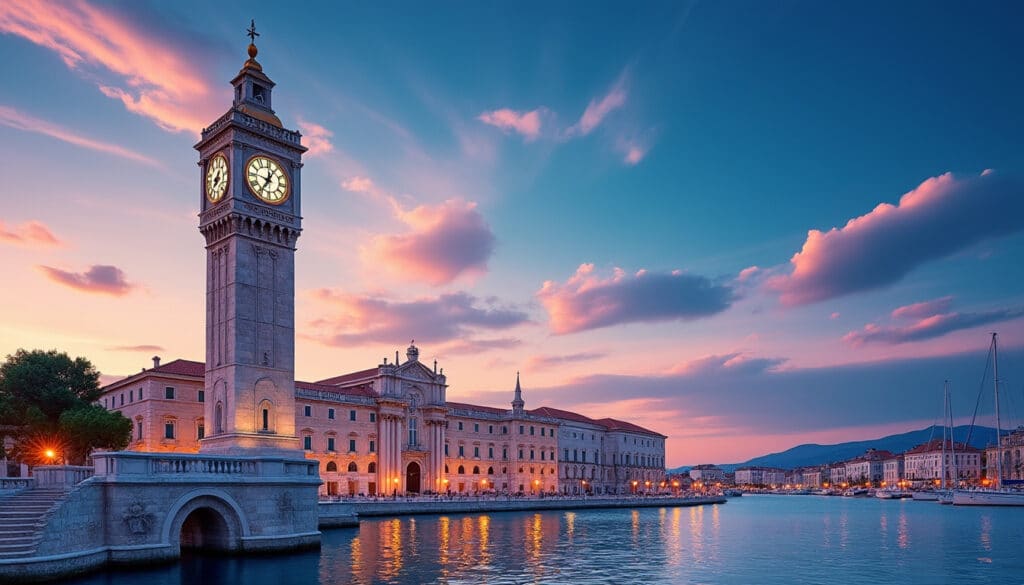
Split, Croatia, a picturesque coastal city known for its stunning views of the Adriatic Sea and timeless Roman architecture, is also a fascinating point of interest when it comes to time zones. Often caught between the vibrant tempos of tourist…
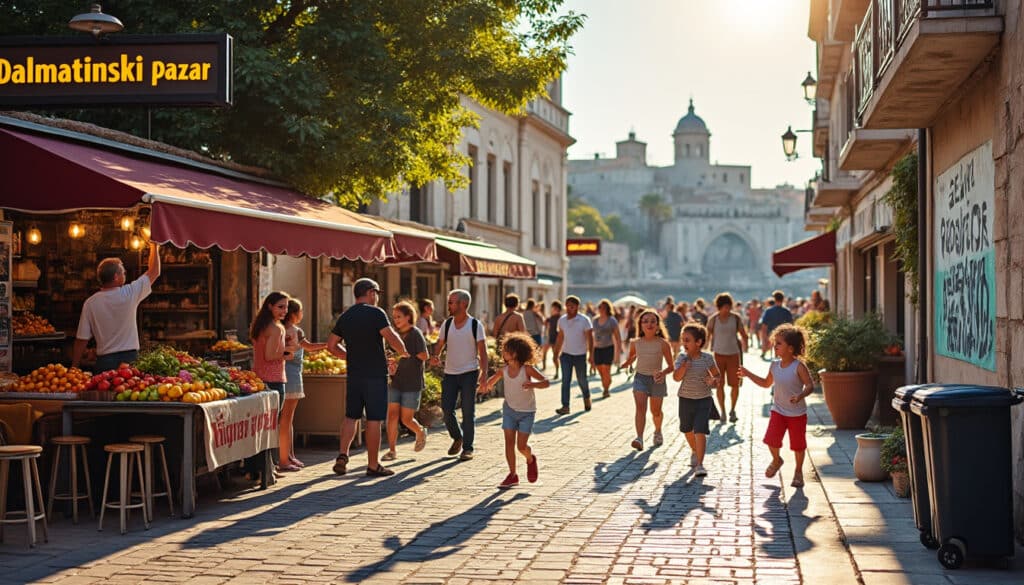
Unusual facts and social issues in Split
Located on the stunning Dalmatian Coast, Split, Croatia is a place that mesmerizes with its rich historical tapestry and thriving cultural scene. This unique city has evolved over the centuries while preserving its fascinating essence. Discover a plethora of unusual…

What does Split look, smell, feel like?
Rich in history and brimming with scenic beauty, the coastal city of Split in Croatia invites travelers to explore its multifaceted charm. From its breathtaking landscapes to its vibrant cultural tapestry, Split offers a sensory experience that captivates the soul.…


